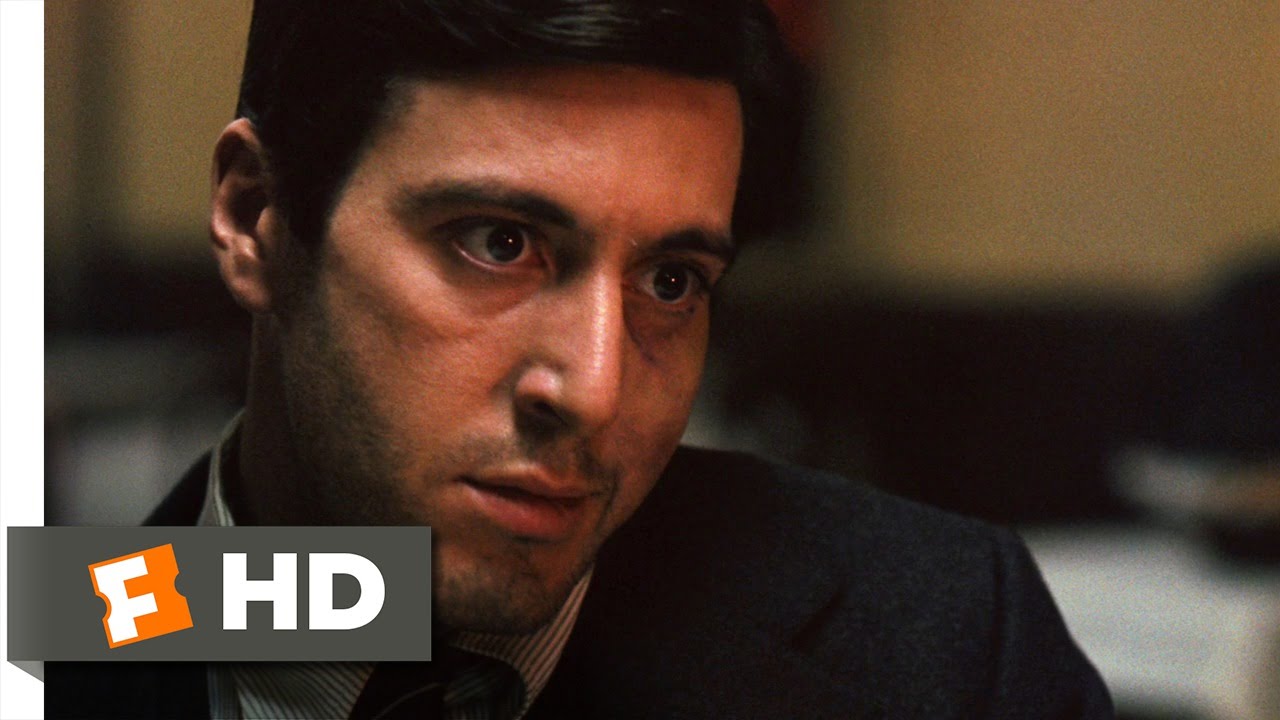
Charles Manson, Alfred Gaynor, and John Wayne Gacy are notorious figures, infamous not only for their heinous acts but also for the art that emerged from their dark legacies. In the 1970s, John Wayne Gacy was responsible for the brutal rapes, tortures, and murders of over 30 young men and teenage boys. After his arrest, John Wayne Gacy began creating art while incarcerated, using it as a means of self-expression and coping with his life in prison. Gacy’s artwork became a source of fascination for collectors and the media alike. Despite the disturbing context, some of his paintings were sold at auctions for large sums of money. This article will discuss how John Wayne Gacy’s artwork exemplifies the troubling intersection of creativity and criminality, highlighting how the romanticization of serial killers can obscure the gravity of their actions. This phenomenon challenges society to confront its fascination with the macabre while grappling with the ethical implications of celebrating art produced by those who committed heinous crimes.
Gacy’s work ranged from colorful clowns to a variety of landscapes, contrasting against his grim surroundings as he faced the consequences of his actions. Gacy’s most recognizable pieces often feature clowns, reflecting his persona as “Pogo the Clown.” These cheerful depictions highlighted the unsettling nature of his two personas. Art critics and psychologists have examined Gacy’s work, suggesting that his vibrant use of color masks his darker inner desires, providing society with a glimpse into his troubled psyche.
Society’s fascination with true crime and the romanticization of serial killers contributes to the allure surrounding Gacy’s art. Many collectors and enthusiasts are drawn to the macabre, seeing Gacy’s works as trophies of a notorious past rather than the products of a deeply disturbed mind. But does glorifying the artwork of a serial killer diminish the severity of his crimes and contribute to a culture that romanticizes violence? While art is typically perceived as a means of communication and expression, engaging with the work of a murderer complicates this narrative. This phenomenon challenges society to confront its fascination with the macabre and consider the implications of celebrating art created in the shadows of unspeakable acts. John Wayne Gacy’s artwork represents more than just a collection of paintings; it explores the complexities of identity, morality, and the unsettling fascination with figures of infamy with histories of violence. His art challenges us to reflect on the broader implications of celebrating creativity that emerges from profound darkness. As society grapples with its attraction to the macabre, Gacy’s legacy serves as a reminder to examine the nature of art and the individuals behind it.








I have heard of John Wayne Gacy’s infamous inhumane crimes but it is news to me that he made art while incarcerated. When the artist behind art is someone convicted of some of the worst crimes possible, it becomes complex and a question of whether it is still okay to consume that art. I think his art sold for a high amount of money because having a peek into a serial killer’s psyche is a rare occurrence and naturally people are curious about the way a psychopath thinks. I do think that there should be a point where the artist should not be differentiated from the art. It is essential that anyone who looks at Gacy’s art are also given the context of the maniac who made the art.
I enjoyed how your post was probably one of the purest examples of “art crime” you can find. It’s unsettling how society is fascinated with true crime and the macabre can lead to the romanticization of figures like John Wayne Gacy, which can potentially overshadow the horrific reality of his actions. The idea that Gacy’s art could sell for large sums of money raises important ethical questions about whether consuming and celebrating such art diminishes the gravity of his crimes. While art is often viewed as a form of self-expression or a glimpse into the creator’s mind, in this context, it feels exploitative and even complicit in perpetrating a culture that normalizes or glorifies violence. It’s not just about the paintings themselves but how they represent a blend of creativity and evil that challenges how we think about morality in art. By engaging with Gacy’s work, society risks blurring the line between fascination and glorification, making it crucial to reflect on the consequences of giving such figures a platform. I believe that this topic forces us to confront our collective attraction to the macabre and examine how we consume art created under such disturbing circumstances.